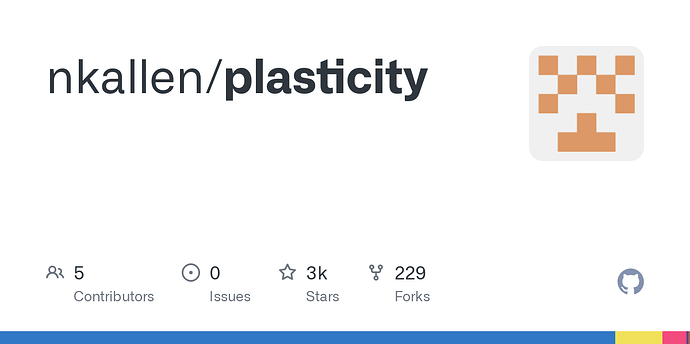I think this is a must have for this project. After all nearly all “product visualization” kind of use will have trimmed surfaces. If we don’t support trimming, then blender nurbs surface as-is would be enough.
Humm this needs some investigation. the soc 2014 nurbs branch has a very raw support for trimming in UV editor (because those p-curves are in uv space). Some code can be reused, but I’m not entirely sure.
This might come a bit later but I think it will sure include such functionality. @HooglyBoogly suggested such as well.
I think the stuff here is a bit out of scope for this particular project which is mainly aimed to provide complete support for trimming and basic edition for nurbs surface. There are a lot of problems within these modelling tools, even in commercial software, a simple chamfer could break them easily. And there’s these frequently used G0/G1/G2 whatever continuity thing… OpenCascade can handle those curve fitting operations but for the moment I don’t think this is blender’s main focus. Parametric tools like FreeCAD has some ability (although it still largely lack support for 3d curve/surface editing).
TSpline may be closer to the goal here (super hard to implement and maintain one)? But in my experience, other than cases where curvature continuity is a strict goal, simple subdiv surface would be enough in most scenarios even when it’s a very complex shape, because catmull subdiv surface can largely be considered as a type of nurbs with different pole/knot configuration. TSpline can seemingly provide [some] combination of traditional nurbs and subdiv surface in terms of modelling mentality, however the T junction thing isn’t perfect and behaves largely like the same junction in subdiv, a good example would be to model a circular hole on a uv sphere. TS will still distort surrounding surfaces, just like subdiv.
My math isn’t this good… Inverse engineering is another huge topic tho, I’m curious if there will be a convenient way to mathematically convert between these two representations, because then it will be so much easier to create free form shapes.



